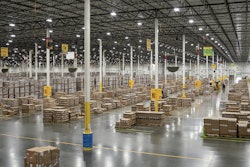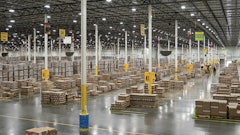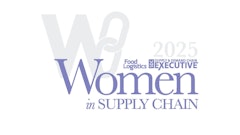
Retailers estimate that 15.8% of their annual sales will be returned this year, totaling $849.9 billion, according to the 2025 Retail Returns Landscape report released by the National Retail Federation and Happy Returns, a UPS company. The returns rate is in line with 16.9% last year, when returns totaled $890 billion.
“Returns are no longer the end point of a transaction,” says NRF VP of industry and consumer insights Katherine Cullen. “They provide an opportunity for retailers to create a positive experience for customers and can translate to brand loyalty. Retailers are constantly evolving and working to meet customer expectations, and they recognize the importance the returns process plays.”
Key takeaways:
· According to the report, an estimated 19.3% of online sales will be returned in 2025.
· Retailers surveyed indicate their top priorities for 2026 are increasing online sales and reducing return rates. The top reasons retailers charge for returns are increases in the cost of operations to process returns (40%), increases in carrier shipping costs (40%) and economic uncertainty and risk of tariffs (33%). Overall, nearly two-thirds (64%) of merchants say updating their returns process in the next six months is a priority.
· Return fraud is an ongoing concern for the industry. The report found that 9% of all returns are fraudulent. Retailers that track such incidents noted increases in practices like overstated quantity of returns (71%), empty box or “box of rocks” (65%) and decoy returns such as counterfeit items (64%). 85% said they are employing AI to detect or prevent return fraud.
· Retailers expect 17% of holiday sales to be returned, consistent with previous years. Retailers plan to manage holiday returns and fraudulent activity by increasing focus on third-party logistics partners (49%), hiring seasonal staff to handle returns (43%) and extending return windows (37%).
“Return policies and their overall process have transformed into a strategic touchpoint for retailers, influencing how younger consumers shop from the outset,” says David Sobie, co-founder and CEO of Happy Returns. “To stay competitive amid rising return rates and behaviors like bracketing, retailers must modernize their reverse logistics to enhance customer satisfaction, reduce fraud and safeguard their operations in today’s high-pressure retail landscape.”




![Pros To Know 2026 [color]](https://img.sdcexec.com/mindful/acbm/workspaces/default/uploads/2025/08/prostoknow-2026-color.mduFvhpgMk.png?auto=format%2Ccompress&bg=fff&fill-color=fff&fit=fill&h=100&q=70&w=100)







![Pros To Know 2026 [color]](https://img.sdcexec.com/mindful/acbm/workspaces/default/uploads/2025/08/prostoknow-2026-color.mduFvhpgMk.png?ar=16%3A9&auto=format%2Ccompress&bg=fff&fill-color=fff&fit=fill&h=135&q=70&w=240)







